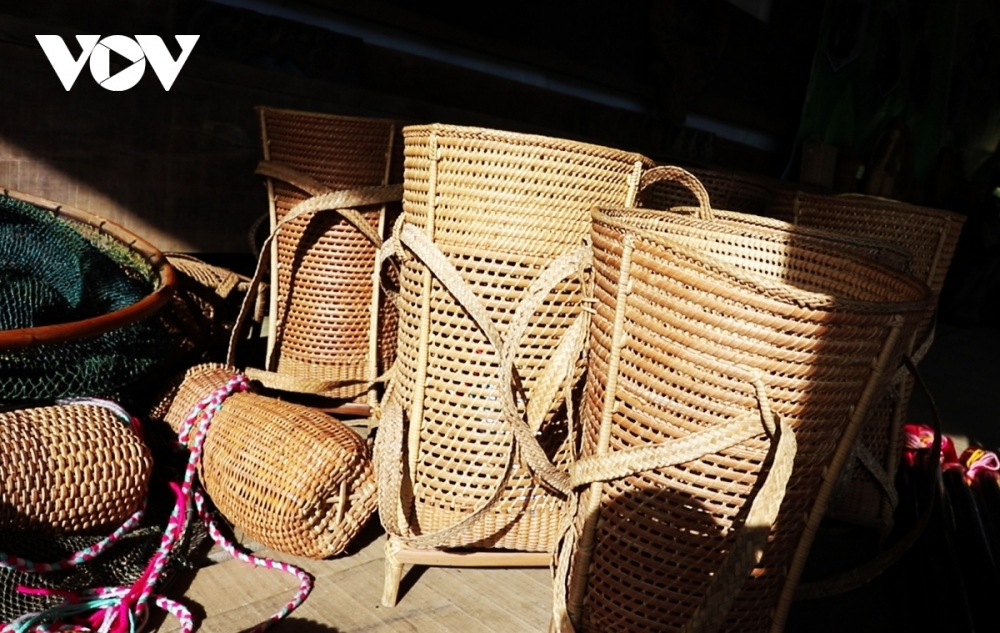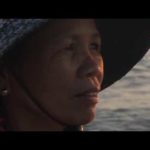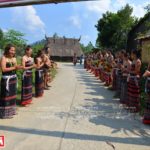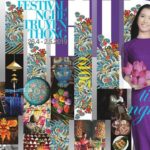In remote mountain villages throughout the locality, many families earn extra income from bamboo products alongside their farm work.
Alang Phuong, a 75-year-old resident of Ra Ee village in A Ting commune in Dong Giang district of Quang Nam province, has spent more than 50 years making rattan and bamboo products.
The craftsmen have to carefully pick bamboo and rattan in the forests and dry them in the sun as a means of killing termites and improving durability.
They make a diverse array of products, including baskets, trays, and papooses which can be used to keep rice, vegetables, salt, and jewelry.
The price of big items ranges from US$50 to US$65, while the smaller ones are sold for roughly US$10 to US$15.
A craftsman spends between five days and 15 days to complete a single product.
Alang Phuong shares that he earns a good income from the craft, while simultaneously preserving the Co Tu’s traditional culture.
Rattan and bamboo products of the Co Tu ethnic people.
The Co Tu ethnic group is one of the few minority people that have maintained the weaving craft.
Cultural preservation of time-honoured coastal villages
For centuries, the customs and practices of fishermen have denoted the traditional cultural characteristics of coastal regions. However, under recent pressure from the developing economy, these traditional cultural features are facing a number of challenges. Here’s a story from the central province of Quang Nam.









